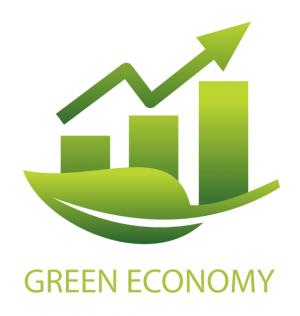Phnom Penh Urban Poor Development Fund
Description
that was shared between various stakeholders.
Source: Shanghai Manual: A Guide for Sustainable Urban Development in the 21st Century (2010)
The Urban Poor Development Fund provides low-interest loans for housing, improved settlements and income generation for the benefit of those urban poor communities that are actively involved in a community savings process. Besides proving a much-needed source of affordable credit, the Fund supports the poor by adding capital to community savings accounts to help community residents overcome financial constraints and provide innovations in housing and settlement improvements, as well as negotiated tenure formats that demonstrate fresh solutions and test new kinds of institutional set-ups.
In 2004, the City of Phnom Penh launched a partnership with the UN Habitat for urban poverty reduction to strengthen the human dignity of the urban poor. The communities built working relationships with the Phnom Penh municipality and negotiated the financing and execution of site improvements identified in the community. The goals of the partnership were to strengthen the self-confidence, competence and dignity of the urban poor by reducing their poverty, vulnerability and social exclusion through multiple initiatives. These initiatives included empowering communities to improve their access to affordable basic services, improvement of community-based infrastructure in Phnom Penh and by encouraging the community in assisting the municipality in achieving poverty reduction goals.
Direct involvement of the poor communities was prioritized and considered crucial to the plan?s success. As a result of community engagement with the municipality, over 160 new community organizations were formed and more than 350 improvements in community infrastructures and basic urban services were achieved. More than 31,000 families benefited from these improvements, which also empowered participating communities.
SDGS & Targets
Goal 8
Promote sustained, inclusive and sustainable economic growth, full and productive employment and decent work for all
8.1
8.1.1
Annual growth rate of real GDP per capita
8.2
Achieve higher levels of economic productivity through diversification, technological upgrading and innovation, including through a focus on high-value added and labour-intensive sectors
8.2.1
Annual growth rate of real GDP per employed person
8.3
Promote development-oriented policies that support productive activities, decent job creation, entrepreneurship, creativity and innovation, and encourage the formalization and growth of micro-, small- and medium-sized enterprises, including through access to financial services
8.3.1
Proportion of informal employment in total employment, by sector and sex
8.4
Improve progressively, through 2030, global resource efficiency in consumption and production and endeavour to decouple economic growth from environmental degradation, in accordance with the 10-Year Framework of Programmes on Sustainable Consumption and Production, with developed countries taking the lead
8.4.1
Material footprint, material footprint per capita, and material footprint per GDP
8.4.2
Domestic material consumption, domestic material consumption per capita, and domestic material consumption per GDP
8.5
8.5.1
Average hourly earnings of female and male employees, by occupation, age and persons with disabilities
8.5.2
Unemployment rate, by sex, age and persons with disabilities
8.6
8.6.1
Proportion of youth (aged 15-24 years) not in education, employment or training
8.7
Take immediate and effective measures to eradicate forced labour, end modern slavery and human trafficking and secure the prohibition and elimination of the worst forms of child labour, including recruitment and use of child soldiers, and by 2025 end child labour in all its forms
8.7.1
Proportion and number of children aged 5‑17 years engaged in child labour, by sex and age
8.8
Protect labour rights and promote safe and secure working environments for all workers, including migrant workers, in particular women migrants, and those in precarious employment
8.8.1
Fatal and non-fatal occupational injuries per 100,000 workers, by sex and migrant status
8.8.2
Level of national compliance with labour rights (freedom of association and collective bargaining) based on International Labour Organization (ILO) textual sources and national legislation, by sex and migrant status
8.9
By 2030, devise and implement policies to promote sustainable tourism that creates jobs and promotes local culture and products
8.9.1
Tourism direct GDP as a proportion of total GDP and in growth rate
8.10
Strengthen the capacity of domestic financial institutions to encourage and expand access to banking, insurance and financial services for all
8.10.1
(a) Number of commercial bank branches per 100,000 adults and (b) number of automated teller machines (ATMs) per 100,000 adults
8.10.2
Proportion of adults (15 years and older) with an account at a bank or other financial institution or with a mobile-money-service provider
8.a
8.a.1
Aid for Trade commitments and disbursements
8.b
By 2020, develop and operationalize a global strategy for youth employment and implement the Global Jobs Pact of the International Labour Organization
8.b.1
Existence of a developed and operationalized national strategy for youth employment, as a distinct strategy or as part of a national employment strategy
SDG 14 targets covered
Deliverables & Timeline
Resources mobilized
Partnership Progress
Feedback
Action Network


